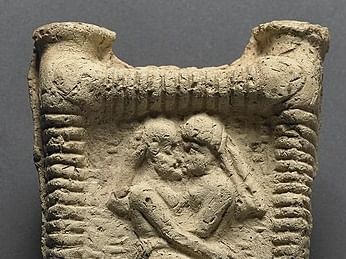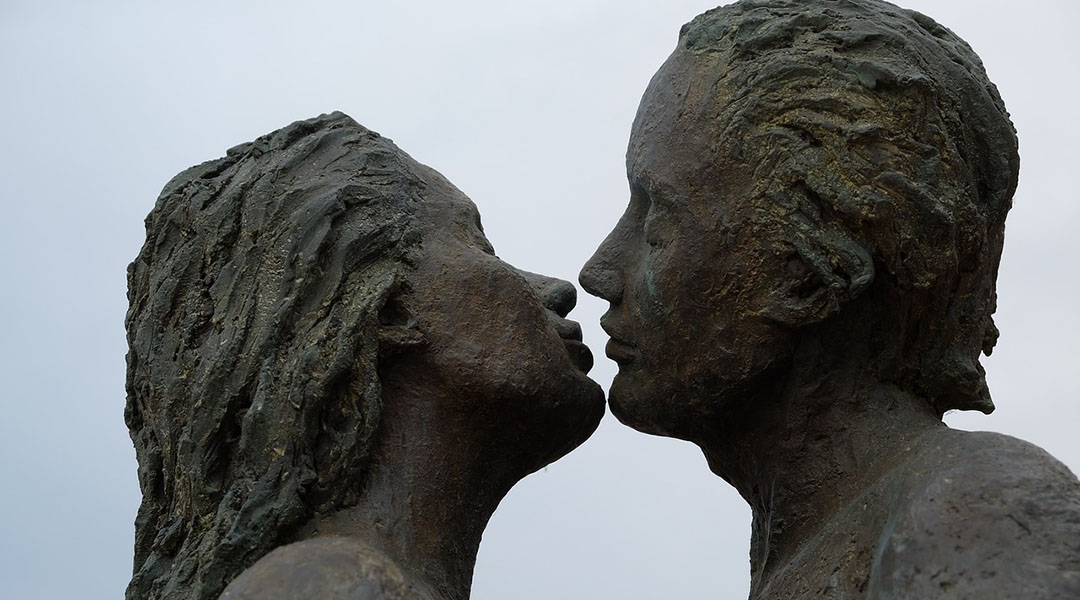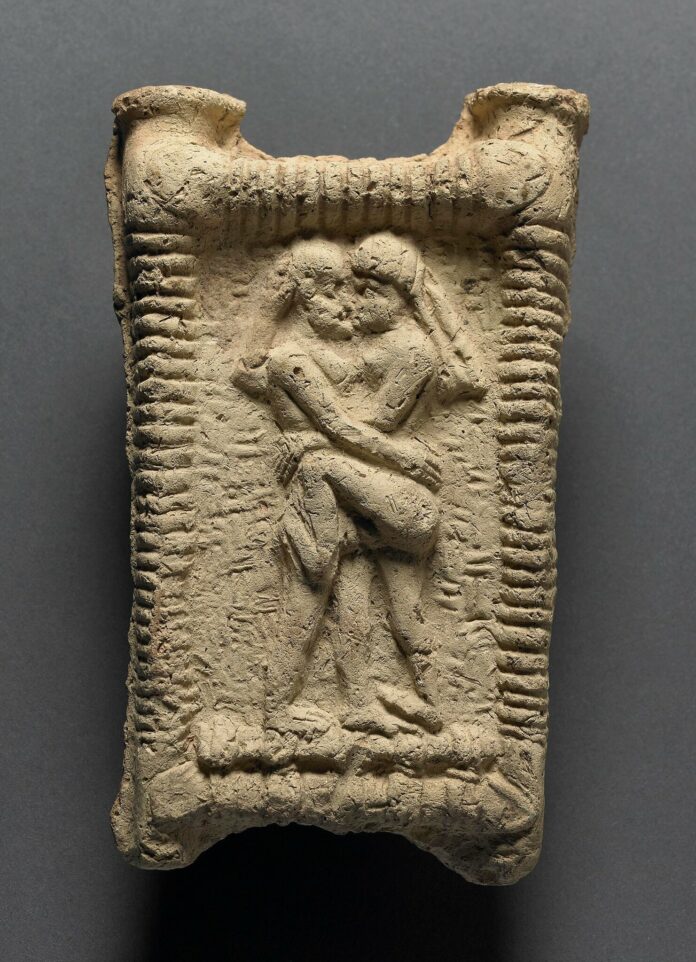Humanity’s love affair with kissing goes way back, but just how far? Recent research has revealed that the art of smooching was already in full swing a staggering 4,500 years ago in Mesopotamia, and they’ve got the cuneiform to prove it! This groundbreaking discovery not only pushes back the earliest known evidence of kissing by a thousand years but also sheds light on the cultural significance and potential consequences of this intimate act.
Mesopotamian Kisses: An Ancient Tradition

According to new research conducted by Dr. Troels Pank Arbøll from the University of Copenhagen and Dr. Sophie Lund Rasmussen from the University of Oxford, evidence from various sources indicates that kissing was a well-established tradition even earlier than previously thought. This research suggests that the earliest documentation of kissing might date back to 2500 BC, a full millennium earlier than previously accepted evidence from South Asia, which placed it at 3,500 years ago.
In Mesopotamia, the region between the Euphrates and Tigris rivers (modern-day Iraq and Syria), ancient humans expressed their affection through lip-to-lip contact. This is evidenced by cuneiform writings on clay tablets that have survived to this day. These tablets provide clear examples of how kissing was considered a part of romantic relationships, as well as friendships and family bonds.
Not Just a Human Show of Affection

The discovery of kissing evidence in separate areas of the world suggests that puckering up might be an inherent and fundamental behavior in humans. Dr. Arbøll explains, “Therefore, kissing should not be regarded as a custom that originated exclusively in any single region and spread from there but rather appears to have been practiced in multiple ancient cultures over several millennia.”
Interestingly, our closest relatives in the animal kingdom, bonobos and chimpanzees, also engage in kissing-like behaviors. This suggests that the roots of kissing may be deeply embedded in our evolutionary history.
Tender Acts Can Have Sore Consequences

While kissing is often associated with expressions of love and affection, it also has a less beneficial side. Kissing might have unwittingly served as a transmitter of microorganisms, potentially spreading viruses among humans. Researchers have proposed that the introduction of kissing may have accelerated the transmission of the herpes simplex virus 1 (HSV-1). Ancient medical texts from Mesopotamia mention a disease with symptoms resembling HSV-1, but these texts were influenced by cultural and religious concepts, so caution must be exercised in interpreting them.
Dr. Arbøll notes, “It is nevertheless interesting to note some similarities between the disease known as buʾshanu in ancient medical texts from Mesopotamia and the symptoms caused by herpes simplex infections. The buʾshanu disease was located primarily in or around the mouth and throat, and symptoms included vesicles in or around the mouth, which is one of the dominant signs of herpes infection.”
Dr. Rasmussen adds, “If the practice of kissing was widespread and well-established in a range of ancient societies, the effects of kissing in terms of pathogen transmission must likely have been more or less constant.”
The Evolution of Kissing and Disease Transmission

A report from six years ago suggests that a certain hominid living 2 million years ago contracted the herpes virus from chimpanzees and passed it to Homo erectus through the food chain, not through kissing but by eating infected meat.
Dr. Arbøll and Dr. Rasmussen suggest that future research, incorporating ancient DNA analysis and interdisciplinary approaches, will shed more light on the complex historical developments and social interactions surrounding kissing, including its potential role in the early transmission of diseases.
Conclusion
The discovery that humans were kissing in Mesopotamia as early as 4,500 years ago provides fascinating insights into the ancient roots of this intimate behavior. While kissing has long been a symbol of love and affection, it also highlights the potential risks of disease transmission that have accompanied this practice throughout history. Future research will continue to unravel the complexities of kissing’s origins and its impact on human society, revealing more about our ancient ancestors and their social interactions.
